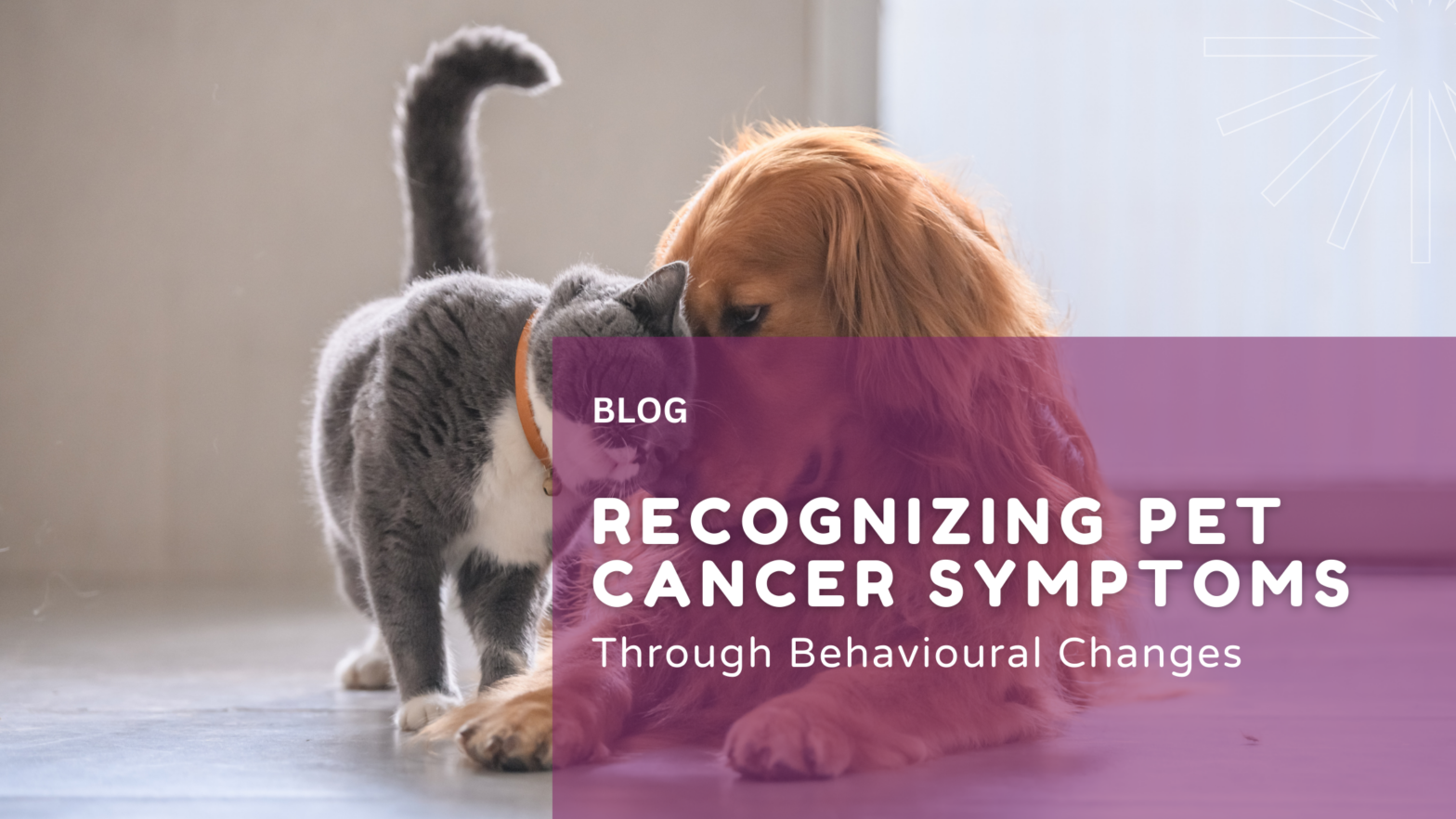Recognizing Pet Cancer Symptoms: Behavioural Changes Every Pet Guardian Should Know
When it comes to pet health, behavioural changes are often among the earliest indicators that something may be wrong. For Pet Guardians, learning how to spot these subtle shifts is essential. Pets can’t describe pain in words, but their daily actions and routines often hold the first clues.
At Kali’s Wish pet cancer support, we know that early recognition and intervention can make a meaningful difference. This guide explores the link between behaviour and cancer, helping Pet Guardians recognize warning signs and take proactive steps.
Behavioural Changes That May Signal Cancer
Cancer in pets may cause noticeable behavioural shifts before physical symptoms appear. Understanding these changes is an important part of seeking pet cancer support and timely veterinary care.
- Decreased Activity and Lethargy
If your normally energetic pet becomes reluctant to play or sleeps far more than usual, it may point to illness, including cancer. Fatigue often comes from the body redirecting energy to fight disease.
- Changes in Appetite and Drinking Habits
Cancer can disrupt a pet’s metabolism, leading to sudden changes in appetite or thirst. Increased or decreased hunger, as well as unusual drinking patterns, should be taken seriously.
- Unexplained Weight Loss
Sudden weight loss, without any changes in food or activity, is a common sign of cancer. Tumors may affect metabolism or interfere with digestion.
- Increased Vocalization or Withdrawal
Excessive whining, meowing, or growling may indicate pain. On the flip side, a social pet that suddenly isolates itself may also be in discomfort.
- Difficulty Breathing or Persistent Coughing
Laboured breathing, wheezing, or ongoing coughing can suggest lung cancer or tumors pressing on the airways. These symptoms require immediate veterinary attention.
- Lumps, Swellings, or Grooming Changes
Some lumps are harmless, but others may be cancerous. Pets may also over-groom, lick, or bite at certain areas when in discomfort. Cats neglecting grooming or dogs over-scratching can also signal underlying issues.
How Pet Guardians Can Respond
Early detection increases treatment options and improves quality of life. Here’s how you can stay proactive:
- Keep a Behavioural Journal – Track changes in appetite, energy, and mood. These records help veterinarians identify patterns.
- Conduct Regular Home Health Checks – Feel for lumps, observe weight changes, and watch for unusual breathing or mobility issues.
- Schedule Routine Veterinary Visits – Regular checkups allow for early detection and intervention.
- Know Age and Breed Risks – Certain breeds and older pets face higher cancer risks. Awareness helps you stay vigilant.
By combining these steps with guidance from Kali’s Wish pet cancer support, Pet Guardians can act quickly when behavioural changes occur.
Supporting a Pet Diagnosed with Cancer
If your pet is diagnosed with cancer, lifestyle adjustments and support make a big difference:
- Pain Management – Partner with your vet to provide proper relief.
- Nutritional Support – Specialized diets can help maintain energy and strength.
- Comfort and Care – Reduce stress with cozy rest areas and lots of affection.
- Exploring Treatment Options – Discuss surgery, chemotherapy, or holistic therapies that may suit your pet’s condition.
Final Thoughts
Recognizing behavioural changes is a vital step in identifying cancer early. With awareness, compassion, and access to Kali’s Wish pet cancer support, Pet Guardians can provide comfort, hope, and the best possible care for their pets.
Learn more about the types of pet cancer. Click the Health Hub button.
Looking help you did see here. Write us at info@kaliswish.org
We will do our best to find what you’re looking for and get back to you.

